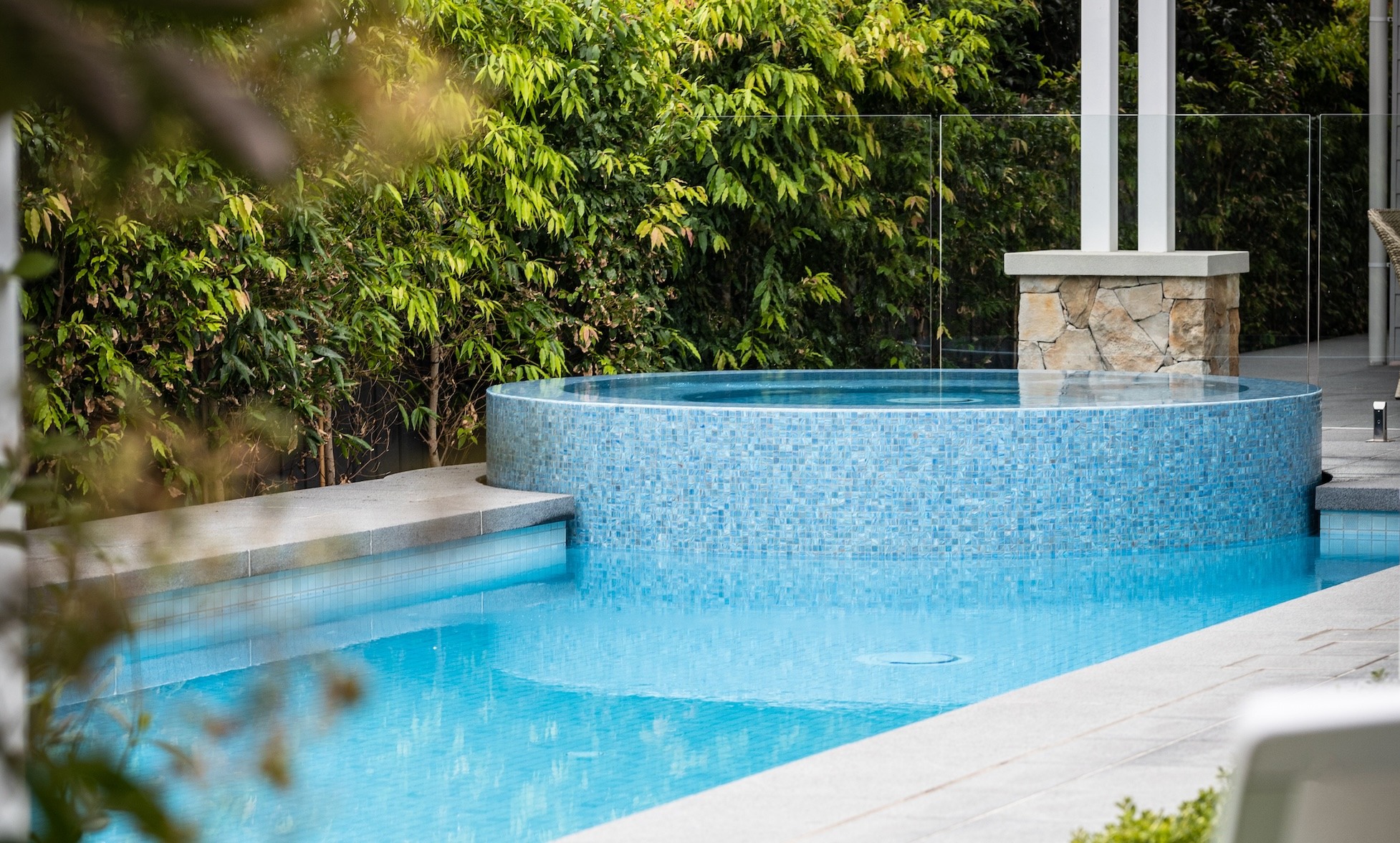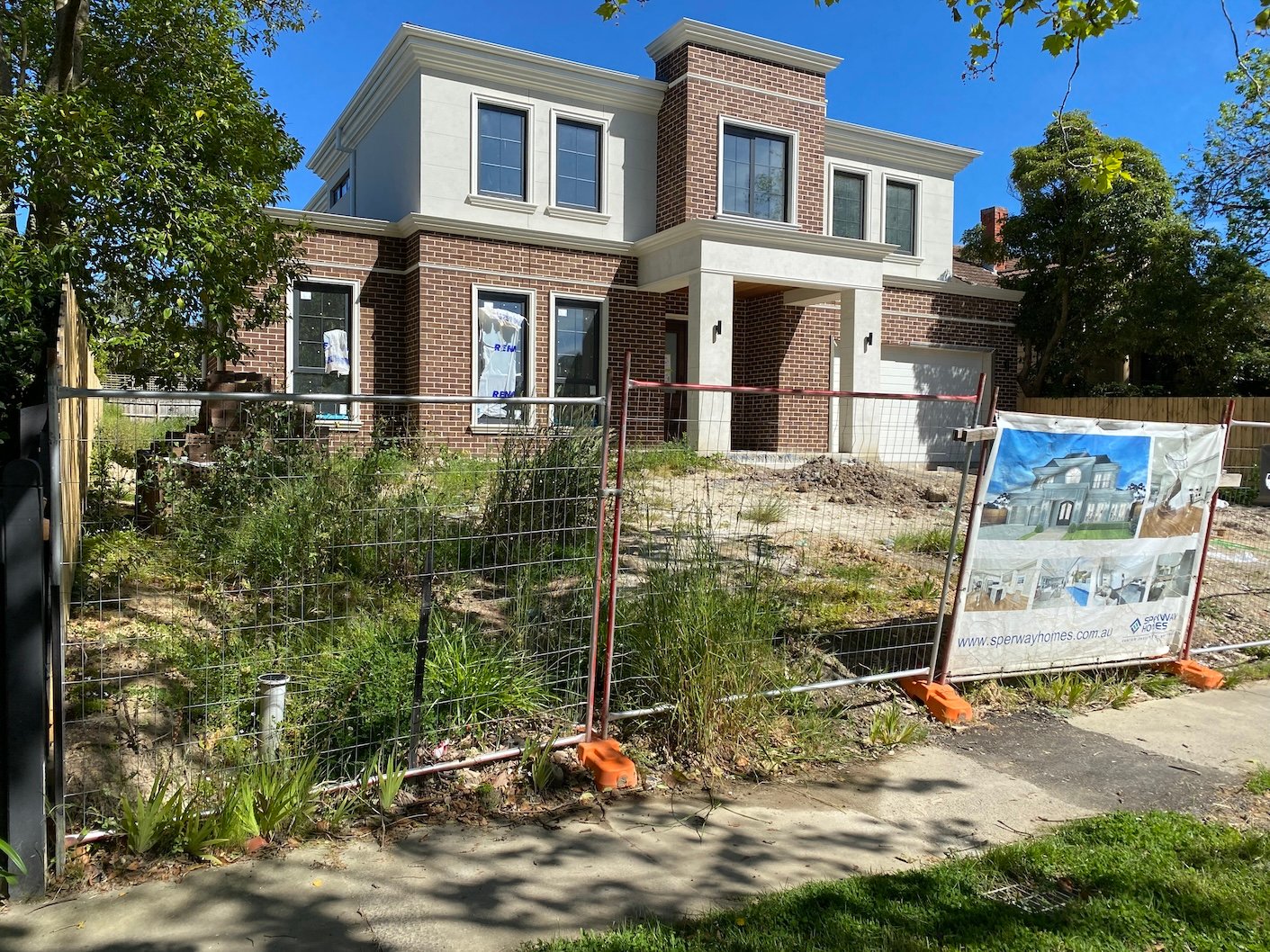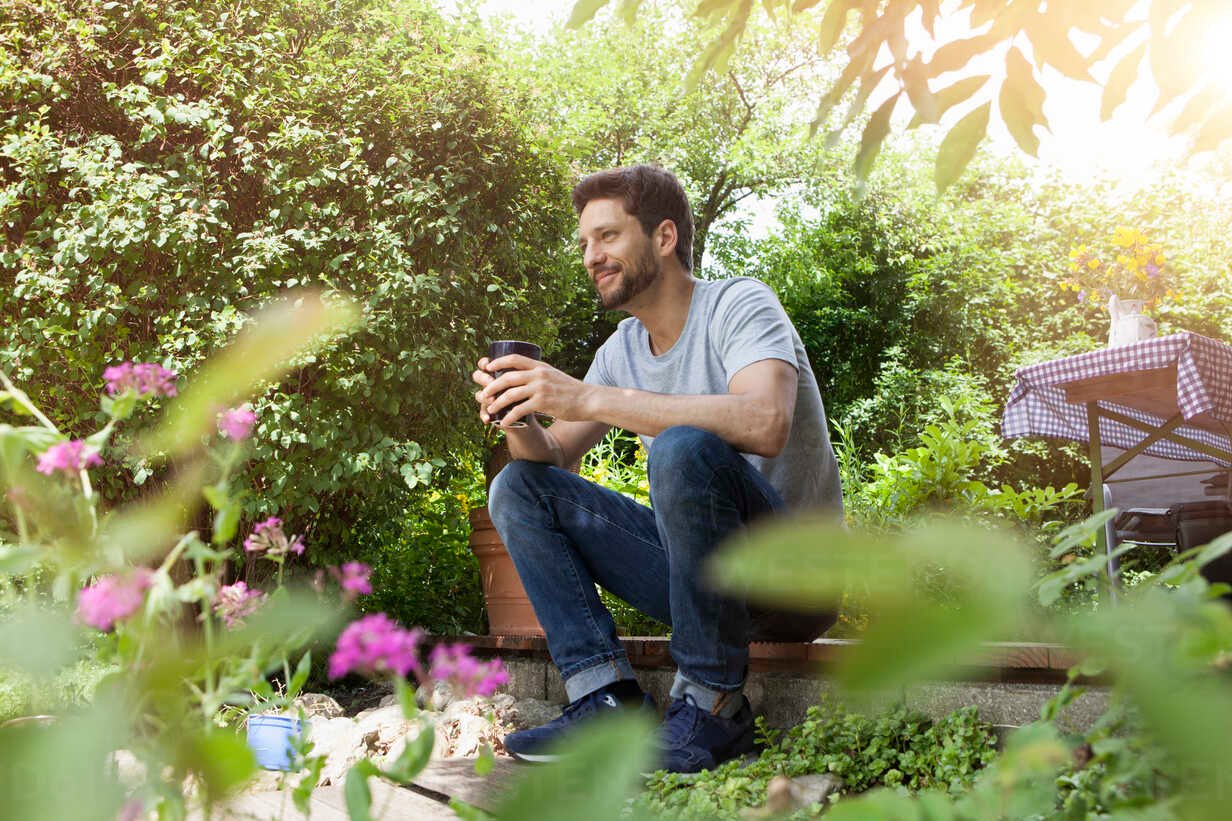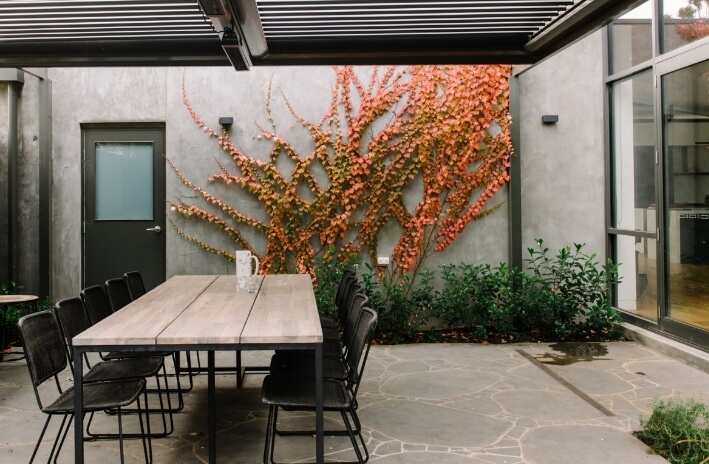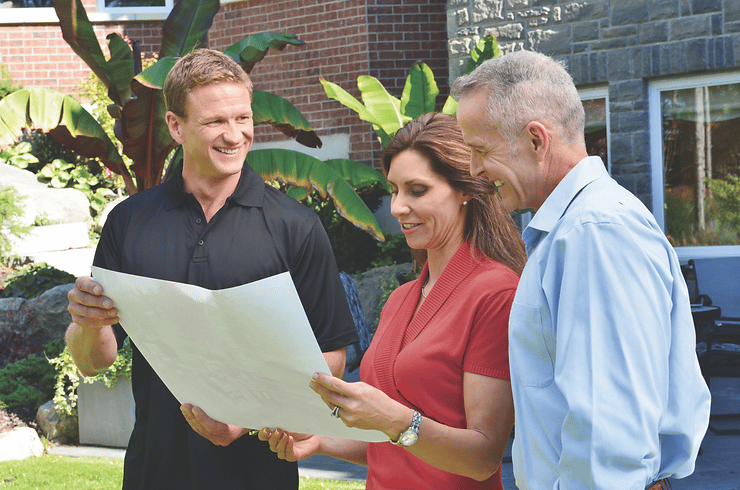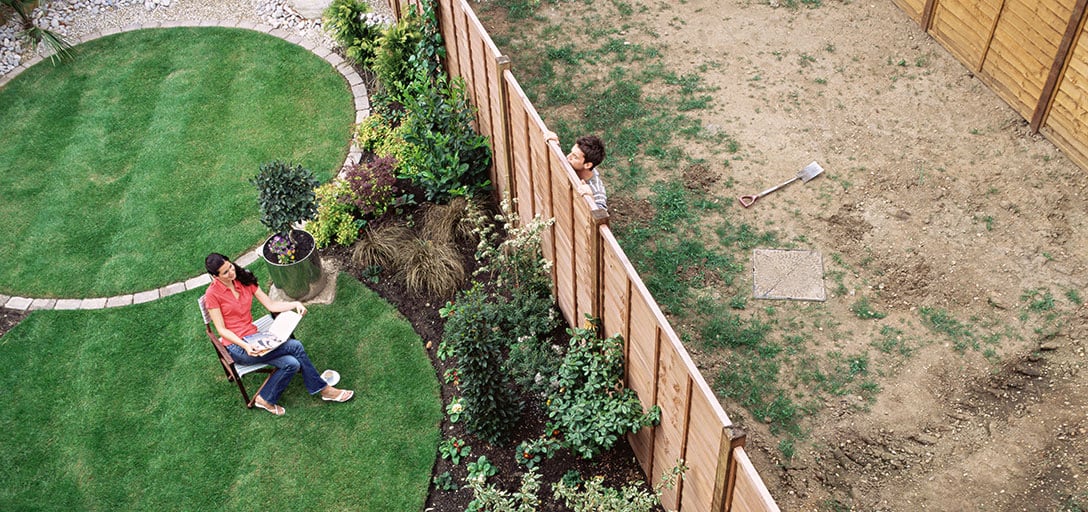What to do next after you engage your landscape designer or landscape architect
May 13th, 2024
5 min read
By Andrew Whyte
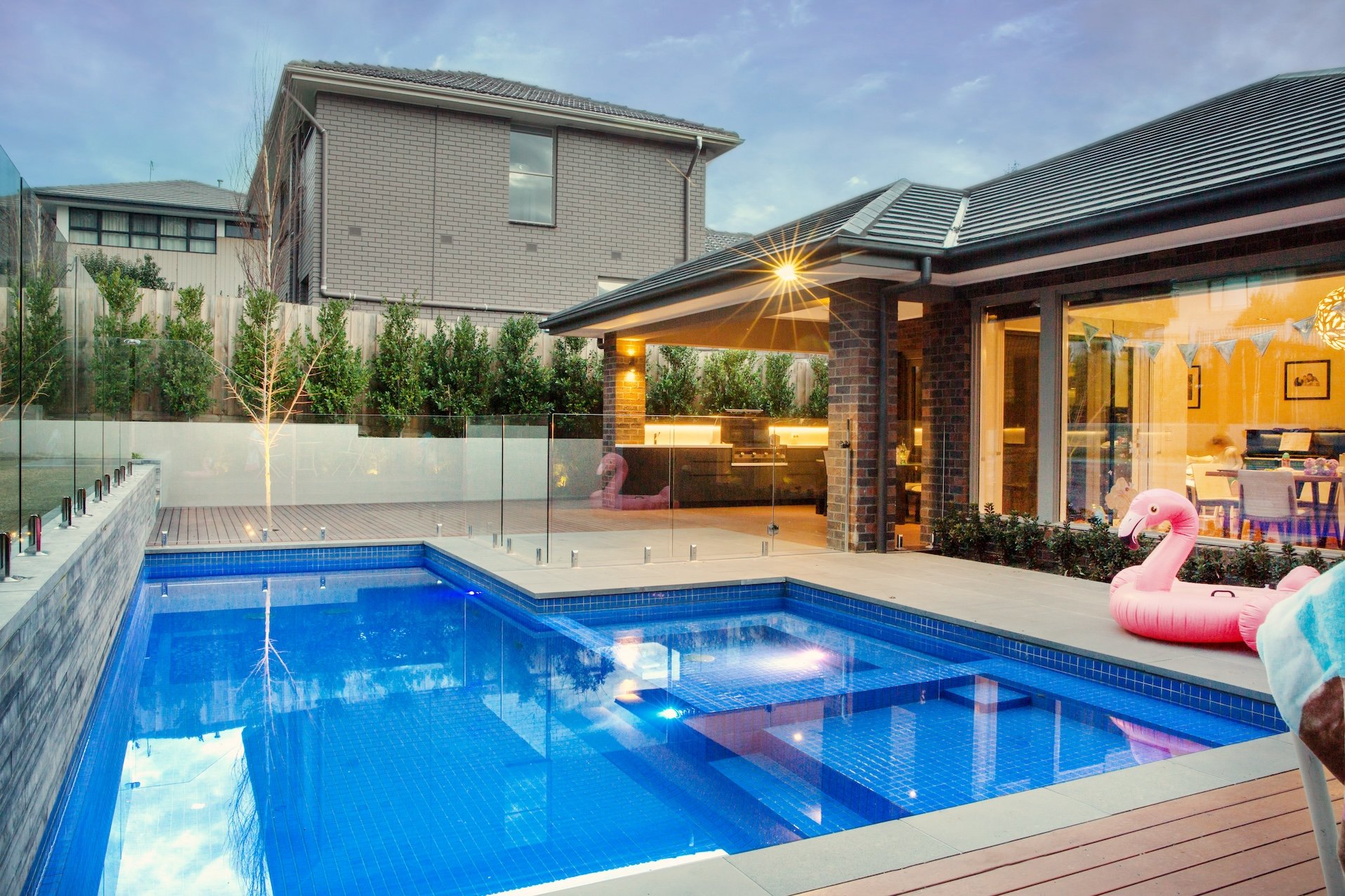
Have you just engaged a landscape designer or landscape architect for a new garden project? Have you met with them and briefed them on the project? Are you wondering whether or not there is anything you need to do now or should you just wait until they present the first design?
Having worked with hundreds of clients over the past 30+ years, we know that many people find this stage a bit uncertain. They're not really sure if they should be doing anything while their garden is being designed.
Surprisingly there is a lot you can actually do that will not only help the landscape designer or architect but also help you get a garden design that is more aligned with what you want.
Please read through this article for some tips on what you can do after you engage your landscape architect or designer.
Once your landscape designer/architect has visited your site, taken measurements, met with you and been briefed on what your ideal garden might look like, they get very busy. But you might think all you do is sit back, relax and wait for the garden design to be presented to you.
Now while your designer's job is to present ideas for your garden to you and be your guide for the journey towards your ideal garden, there are a few things you can do to help them.
The role of your garden designer is to present ideas to you and guide you along your journey but that doesn't mean there is nothing for you to do.
Remember your garden is dreamt by you but designed by your designer. You are the source of the dreams you have for your garden. You hold the inspiration for it within you. The more your landscape designer or landscape architect knows about you and the better they understand the real you, the more capable they are of designing a garden that really matches your dreams and your needs.
The key is to recognise that designing your garden is an evolving process. The more you share with whoever is designing your garden, the better the possible outcome.
A good designer will always be open to any input from you as they go about the design process, which can often take a couple of weeks or more.
Follow up your design briefing
The first thing you should do after briefing your landscape designer or architect is follow up on anything discussed in the briefing.
When you met with your designer, did you provide them with any references or things you like? Photos? Links to websites? Instagram posts? Or did you simply mention them and promise to forward them?
If you haven't yet provided those images and/or links to your designer then this is the best place to start.
Either send them as links or if they are large files consider uploading them to a dedicated page like Pinterest (more on that later.)
Share moments of inspiration
Have you ever noticed that once you start putting your attention on something - like your dreams for your new garden - ideas and inspiration often start flowing into you in the most surprising ways?
You might be out walking the dog when you suddenly see a garden that has a feature that inspires you. Or just the process of walking triggers an old memory of something you've always loved.
Or you might be sitting outside in your own garden when suddenly you remember going to some old friend's house who had this amazing outdoor kitchen.
You might be watching a TV show, reading a magazine, scrolling through social media or whatever and suddenly a thought comes to you.
Please we urge you to share it with your landscape designer/architect. Good garden designers are always open to any input from you. And who knows, at the exact moment you share it with them, they might actually be grappling with how to resolve a design issue with your garden and your input might just inspire a new solution.

Visit places for inspiration
You don't have to sit back and wait for inspiration to come to you, you can go out and seek it.
For example if you are planning on having paving in your garden design you can go and visit some paving suppliers. (Ask whoever is designing your garden to recommend some places.) As you walk around the showroom you may find something jumps out at you. It may be a type of travertine, it may be a paving pattern, or some other form of inspiration. Your garden designer will appreciate you sharing any insights you have.
Some of our favorite places to check out pavers are Eco Outdoor in Richmond or Yarrabee in Oakleigh or Better Exteriors in Burwood to name a few.
If you are looking at decking as part of your project, again why wait for your designer or architect to suggest something before you go explore some options. Visiting a local timber supplier allows you to scan through the available choices, examine their pros and cons and prioritise what you like.
This can really help if your designer later on mentions that the Merbau decking you prefer, actually leeches tannins and will stain the travertine going up against it, so it's not a good choice for your particular project. Then if they say, "the spotted gum is a better choice" you will know what spotted gum looks like, so this can make your decision to approve this timber for your deck easier and more certain as you're not just going on your designer's say-so.

Open Garden Schemes
Another highly under-utilised resource for exploring options for your garden is the Open Gardens Scheme.
This wonderful program is not-for-profit and allows people with lovely gardens to open them to the public on the weekend. So you can wander around a whole range of gardens and get ideas and inspiration for your own. (You might also see examples of something you thought might work but doesn't in your eyes, thereby saving you from making the same mistake.)
The opportunity to wander around these gardens is an opportunity not to be missed if you are planning your own garden. More than a showroom or display centre these gardens can allow you to see things in real context. (I remember visiting an Open Garden with my wife and she saw the colour of some pool tiles and fell in love with them. Would she have been impacted in the same way and to the same degree by going to a tile shop? Possibly not but certainly seeing the actual tiles used in a pool gave her the full picture of how they would look for her.)
If you want to find out which gardens are open on any particular weekend just go to the Open Gardens website.
Now if you want to be a little cheeky another way you can take a look at some gardens, particularly around your neighbourhood, is to check the local real estate guides for houses for sale that have open inspections. Another way to get a look at finished gardens.

Using Pinterest and other platforms
If you haven't already used platforms like Pinterest we strongly recommend you check it out.
Pinterest is a fabulous tool for sharing your ideas and inspirations. It works just like old corkboards where you could pin a whole range of different images or colour swatches etc, to create a 'mood board'. The beauty of Pinterest being online means you can share whatever you create with others, including of course your landscape designer or landscape architect.
You can check out other people's Pinterest boards and share them too or just create your own. It's a great way to catalogue and categorise different images, colours, and textures under various themes.
Create one board for your paving options. Another for your pool tiles. Another for your decking materials. And another for your favourite plants.
If you do categorise them this way, it's much better than overwhelming your designer with 200 images of various things you "like"!
If each board has 5-10 images of your preferences this can help the designer see into your head and gain relevant inspiration from you.

There are many other ways you can share your thoughts and ideas with your designer. The key is not to overwhelm them with too many shared images or links, especially if they are not catalogued in any meaningful way.
If you stay in communication with your garden designer rather than just sit back passively and wait for them to share their brilliant design with you, you will also feel more invested in the project.
Adding relevant notes is important too, so that your designer has some sense of context.
"I thought these tiles might work for the pool." Or "I love this tree and wonder if we can make it a feature?" Simple thoughts like this help your landscape architect or landscape designer to understand where you are coming from.
We hope you found this article helpful whether or not you are currently waiting for your new garden design from us or another designer.
If you haven't yet booked a design consultation with us to get started on your new garden project, you can do so by clicking the link below.
Articles covering Landscape Design and Construction in Melbourne...
What's the most important element in a new garden?
What's included in a landscape designer's Master Plan?
How to overcome indecision when designing your garden
Founder of Whyte Gardens
Topics:

